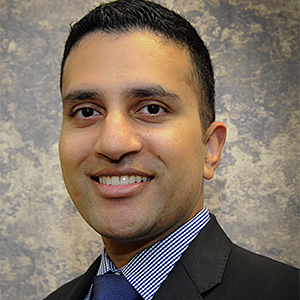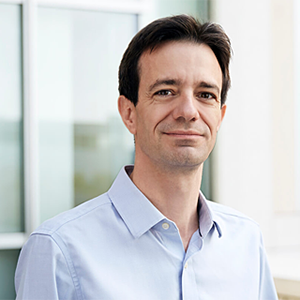Q1. What does it take for an organization to gain an understanding of the full scope of its cyber exposure these days? Generally speaking, where do the biggest gaps in capabilities exist?
The threat landscape has changed dramatically over the last 10 years. The number of vulnerabilities disclosed each year is on the rise and emerging technology, such as containers and IoT devices, has made its way onto corporate networks. For organizations to fully understand their cyber exposure in this digital era, CISOs and security teams must have breadth of visibility into cybersecurity risk across the modern attack surface, including IT, Cloud, IoT and operational technology (OT); and deep analytics that translate vulnerability data into business insights for the C-suite and Board of Directors.
Unfortunately, the tools and approaches many organizations are using to understand their cyber exposure were designed for the world of on-premises data centers and a linear software development lifecycle. But, as organizations have embraced digital transformation, their infrastructures have become much more complex and dynamic. An asset is no longer just a laptop or server. It's everything from a short-lived container to a connected coffee pot, where the assets themselves and their associated vulnerabilities are constantly expanding, contracting and evolving. This creates a massive Cyber Exposure gap.
Organizations must evolve their security approaches to address the challenges of today's threat landscape head on. This means transforming security from static and siloed to dynamic and holistic across the modern attack surface.
Q2. How have vulnerability management evolved in recent years? What have some of the biggest changes been and what are the requirements for effective vulnerability management?
Over the last few years, vulnerability management underwent a profound transformation. The digital infrastructure has never been so decentralized, with multiple management areas for some portions of it, the perimeter continues to fade away and the interconnection continues to grow. In parallel, the headline-grabbing data breaches and cyberattacks draw the attention of the C-suites and board of directors across the world, leading them to ask more precise questions about their organizations' state of security.
As a result, the need to identify and have visibility into all devices connected to corporate networks, as well as their security health has never been so critical, and the amount of data collected has never been so large. Whereas in the past our customers would mostly rely on vulnerability management to audit some of their servers, today they deploy our solutions throughout their environments to identify everything from servers and workstations to endpoints, cloud infrastructures and connected devices.
Not only has the push towards digitization impacted vulnerability management, but the sheer volume of new flaws has also created a massive challenge for many organizations. In 2018 alone, 16,500 new vulnerabilities were disclosed, but only a small fraction had a public exploit available and even fewer were actually leveraged by attackers. Effectively prioritizing vulnerabilities is a critical and strategic business imperative for reducing cyber risk, but the barrage of new, high-priority flaws has made this much more challenging. In today's digital era, organizations need actionable intelligence to decipher noise from signal and focus their often-limited resources on the flaws that pose real risk to the business.
Q3. What can security professionals expect from Tenable at Black Hat USA 2019? If there's one thing you would like them to take away from your company's presence at the event what would that be?
Tenable remains laser-focused on our Cyber Exposure mission, helping organizations manage, measure and reduce their cyber risk in the digital era. With the launch of Predictive Prioritization in Tenable.io and Tenable.sc, we're evolving customers' vulnerability remediation efforts from reactive to predictive by focusing on the three percent of flaws with the greatest likelihood of being exploited in the near future. This innovation helps organizations answer foundational questions about where they're exposed, to what extent and which vulnerabilities should be prioritized based on risk — all questions that are critical for achieving Cyber Exposure.
At Black Hat, we'll also be discussing newly-unveiled innovations to our Cyber Exposure analytics capabilities in Tenable Lumin. These innovations will enable organizations to evolve from a technology- to a risk-based approach to prioritize remediation, communicate to the business and make data-driven decisions to reduce cyber risk.
The innovations include the Cyber Exposure score, which is an objective measure of cyber risk, derived through data science-based measurement of vulnerability data together with threat intelligence and asset criticality. With Cyber Exposure Benchmarking, organizations can leverage the Cyber Exposure score to benchmark themselves against industry peers and measure their overall cyber risk posture. Finally, Remediation Guidance Workflows provide security teams with a list of the top recommended remediation actions to reduce the organization's cyber exposure.
Each of these capabilities will be available to customers starting in Q3 2019 as part of the Tenable Lumin beta. Tenable Lumin will be generally available in the second half of 2019.






